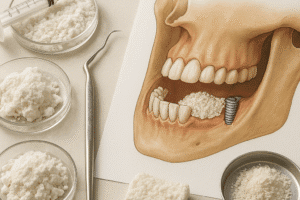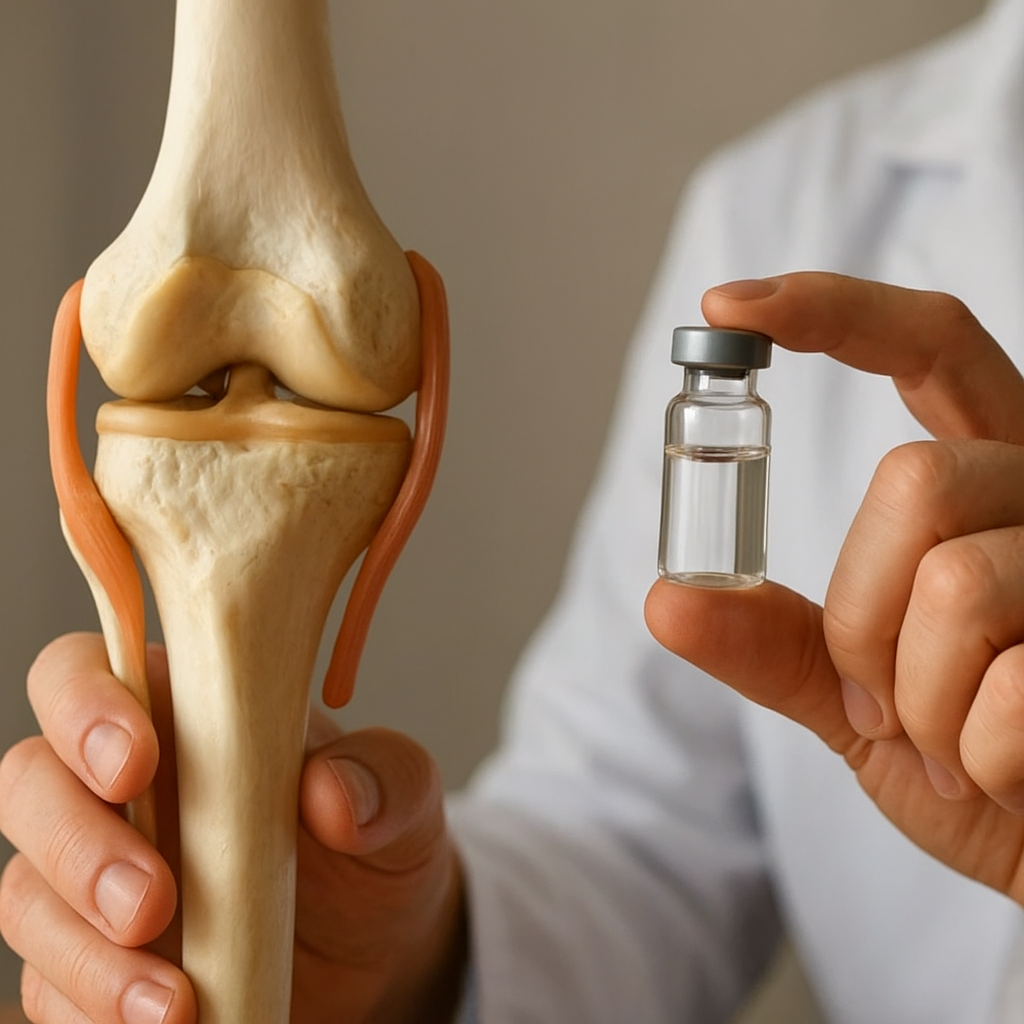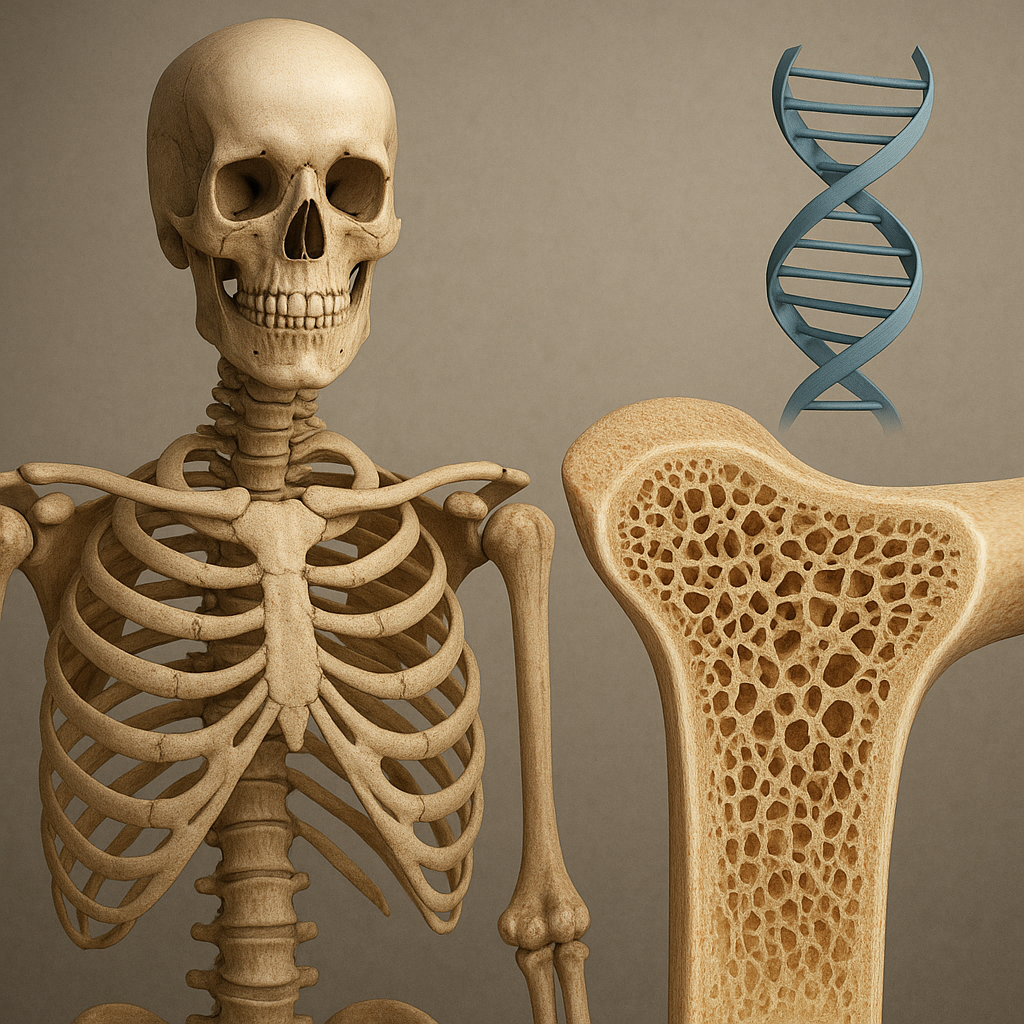Bone edema is a condition characterized by the accumulation of excess fluid in the bone tissue, leading to swelling and discomfort. This phenomenon can be indicative of various underlying issues, ranging from trauma to chronic diseases. Understanding bone edema, its causes, and its implications is crucial for effective diagnosis and treatment. In this article, we will explore the nature of bone edema, its potential causes, and the methods used for diagnosis and management.
Understanding Bone Edema
Bone edema, also known as bone marrow edema, refers to the presence of increased fluid within the bone marrow. This condition can be detected through imaging techniques such as magnetic resonance imaging (MRI), which reveals areas of high signal intensity in the bone marrow. Bone edema is not a disease in itself but rather a symptom of an underlying condition. It can occur in any bone in the body, but it is most commonly observed in the knee, ankle, and hip joints.
The presence of bone edema can lead to various symptoms, including pain, swelling, and limited mobility in the affected area. The severity of these symptoms often correlates with the extent of the edema and the underlying cause. In some cases, individuals may experience no symptoms at all, making it essential to conduct thorough evaluations when bone edema is detected.
Causes of Bone Edema
Bone edema can arise from a multitude of causes, which can be broadly categorized into traumatic, inflammatory, and degenerative factors. Understanding these causes is vital for determining the appropriate treatment and management strategies.
Traumatic Causes
- Fractures: One of the most common causes of bone edema is a fracture. When a bone is fractured, the surrounding tissues can become inflamed, leading to fluid accumulation in the bone marrow.
- Bone Contusions: A bone contusion, or bruise, occurs when there is a direct impact to the bone, causing bleeding and swelling within the bone marrow.
- Overuse Injuries: Repetitive stress on a bone, often seen in athletes, can lead to microtrauma and subsequent edema. Conditions such as stress fractures can result from this overuse.
Inflammatory Causes
- Osteoarthritis: This degenerative joint disease can lead to inflammation of the bone and surrounding tissues, resulting in bone edema.
- Rheumatoid Arthritis: An autoimmune condition that causes chronic inflammation in the joints, rheumatoid arthritis can also lead to bone edema as a result of the inflammatory process.
- Infections: Osteomyelitis, an infection of the bone, can cause significant inflammation and fluid accumulation in the bone marrow.
Degenerative Causes
- Osteonecrosis: This condition occurs when blood flow to a bone is disrupted, leading to bone death and subsequent edema as the body attempts to repair the damaged area.
- Bone Tumors: Both benign and malignant tumors can cause localized edema in the bone as they grow and exert pressure on surrounding tissues.
- Paget’s Disease: A chronic disorder that can result in enlarged and weakened bones, Paget’s disease may also lead to bone edema due to increased blood flow and metabolic activity in the affected areas.
Diagnosis of Bone Edema
Diagnosing bone edema typically involves a combination of clinical evaluation and imaging studies. A healthcare provider will begin with a thorough medical history and physical examination to assess symptoms and potential risk factors. Imaging techniques play a crucial role in confirming the presence of bone edema and identifying its underlying cause.
Imaging Techniques
- Magnetic Resonance Imaging (MRI): MRI is the gold standard for detecting bone edema. It provides detailed images of the bone and surrounding soft tissues, allowing for accurate assessment of fluid accumulation.
- X-rays: While X-rays are not as effective in detecting bone edema, they can help identify fractures or other structural abnormalities that may contribute to the condition.
- Computed Tomography (CT) Scans: CT scans can provide cross-sectional images of the bone, offering additional information about the extent of edema and any associated injuries.
Treatment and Management
The treatment of bone edema primarily focuses on addressing the underlying cause while alleviating symptoms. Management strategies may vary depending on the severity of the edema and the specific condition involved.
Conservative Management
- Rest and Activity Modification: Reducing physical activity and allowing the affected area to rest can help decrease inflammation and promote healing.
- Ice Therapy: Applying ice to the swollen area can help reduce pain and inflammation.
- Physical Therapy: Engaging in physical therapy can aid in restoring mobility and strength to the affected area, especially after an injury.
Medications
- Nonsteroidal Anti-Inflammatory Drugs (NSAIDs): Medications such as ibuprofen or naproxen can help alleviate pain and reduce inflammation associated with bone edema.
- Corticosteroids: In cases of severe inflammation, corticosteroids may be prescribed to reduce swelling and pain.
- Antibiotics: If an infection is the underlying cause of bone edema, antibiotics will be necessary to treat the infection.
Surgical Interventions
- Decompression Surgery: In cases of osteonecrosis or severe bone edema due to tumors, surgical intervention may be required to relieve pressure and restore blood flow to the affected area.
- Joint Replacement: In advanced cases of osteoarthritis or other degenerative conditions, joint replacement surgery may be considered to alleviate pain and improve function.
Conclusion
Bone edema is a complex condition that can arise from various causes, including trauma, inflammation, and degenerative diseases. Understanding the nature of bone edema and its underlying causes is essential for effective diagnosis and treatment. Through a combination of conservative management, medications, and, in some cases, surgical interventions, individuals can find relief from the symptoms associated with bone edema and improve their overall quality of life. Early detection and appropriate management are key to preventing further complications and ensuring optimal recovery.













